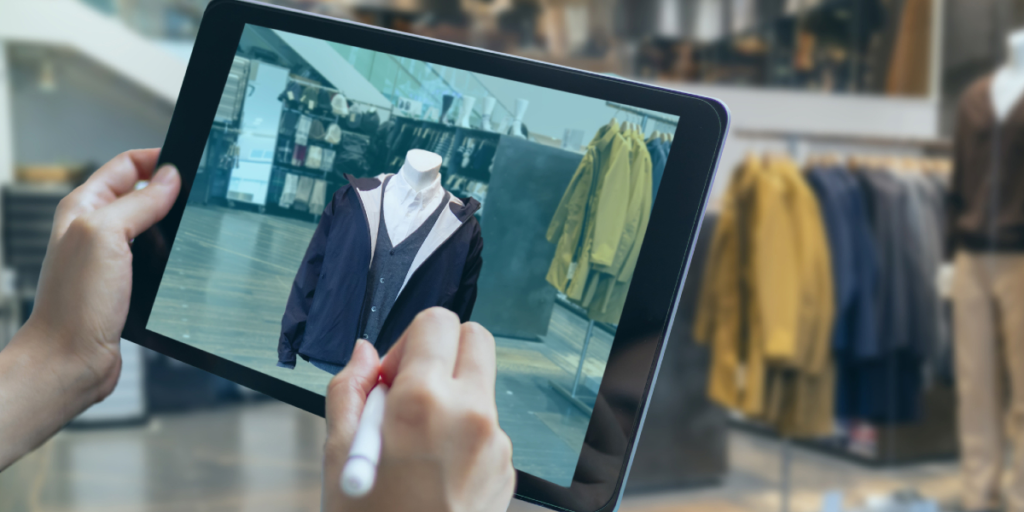Multi-sensory marketing is a strategic approach that engages more than one human sense to create stronger emotional connections between consumers and brands. By targeting sight, sound, touch, taste, and smell, marketers can build immersive experiences that leave lasting impressions on audiences. In the competitive business landscape, brands are no longer satisfied with just visual appeal; they aim to stimulate multiple senses simultaneously to stand out. This approach is used across industries like retail, hospitality, technology, and entertainment to create memorable experiences that influence purchasing decisions. Sensory Branding is becoming a game-changer because it moves beyond conventional advertising and taps into the psychological aspects of human perception and memory.
The Role of Senses in Consumer Behavior
The effectiveness of multi-sensory marketing lies in the deep connection between senses and consumer emotions. Sight often drives first impressions, but sound can trigger nostalgia, smell can evoke memories, and touch can influence perceived quality. Studies have shown that engaging more senses increases brand recall and strengthens emotional bonds. For example, the smell of freshly baked bread in a bakery or the distinct sound of a product’s packaging being opened can instantly influence purchase decisions. Brands using multi-sensory marketing aim to deliver experiences that feel more personal and memorable, leading to stronger customer loyalty. In an age where consumers are bombarded with information, sensory engagement offers a unique advantage in influencing buying behavior.
Visual Elements in Multi-sensory Campaigns
Sight remains the most dominant sense in sensory branding strategies, as visual design sets the tone for brand identity. Color schemes, typography, and imagery all play a critical role in catching attention and conveying brand values. However, effective multi-sensory marketing ensures that visual elements complement other sensory triggers rather than stand alone. For example, an advertisement with vibrant visuals might be paired with sound effects or tactile product packaging to enhance engagement. Retail environments often use visual storytelling in combination with lighting design to create immersive brand atmospheres. By aligning visual elements with the overall sensory experience, brands can reinforce recognition and consistency.
The Power of Sound in Marketing
Sound plays a vital role in sensory branding by shaping mood, influencing perception, and triggering emotions. Brand jingles, background music in stores, or sound effects in digital ads can create strong mental associations. Companies like Intel, Netflix, and McDonald’s have mastered the use of sound branding, where a short tune instantly connects consumers to the brand. In multi-sensory marketing campaigns, sound is often integrated with visuals to create a fuller sensory experience. For example, a beverage brand might combine a crisp pouring sound with high-definition visuals of a drink being served to stimulate both hearing and sight. These sound cues become powerful memory anchors, increasing brand recall even without visual prompts.
Touch and Texture in Brand Experiences
Touch is often underestimated in marketing, but in sensory branding , texture and tactility can significantly influence perceptions of quality. Luxury brands frequently use premium packaging materials to create a tactile sense of exclusivity. In retail settings, allowing customers to physically interact with products can increase purchase likelihood. The weight, temperature, and texture of a product or its packaging can all shape the consumer’s overall experience. In digital environments, touch feedback in devices or haptic technology in advertisements is becoming more common. Multi-sensory marketing strategies that incorporate touch build a physical connection between the consumer and the brand, strengthening trust and brand loyalty.
The Impact of Smell on Emotional Branding

Smell is one of the most powerful senses in multi-sensory marketing because it is directly linked to memory and emotion. Scent marketing is widely used in hospitality, retail, and automotive industries to create lasting impressions. For instance, luxury hotels often diffuse signature scents in their lobbies to evoke a sense of comfort and familiarity. Supermarkets use the aroma of freshly baked goods to influence shopping behavior. Multi-sensory marketing leverages scent as an invisible yet powerful branding tool that works even when customers are not consciously aware of it. By pairing scent with other sensory elements, brands can create immersive and emotionally charged experiences.
Taste as a Memorable Marketing Tool
Taste is a unique sensory trigger in multi-sensory marketing, particularly for food and beverage brands. Offering samples in stores, pairing flavors with specific brand messages, or creating limited-edition tastes tied to seasonal campaigns can build strong consumer memories. Taste-driven marketing works best when combined with visual, auditory, and olfactory cues, creating a fully immersive brand encounter. For example, a chocolate brand might combine rich flavors with elegant packaging and soft background music to create an indulgent experience. By engaging taste alongside other senses, brands ensure that the experience remains memorable and emotionally satisfying.
Integrating Senses for Maximum Impact
The true strength of multi-sensory marketing lies in combining multiple senses into one seamless brand experience. When sight, sound, smell, touch, and taste are strategically aligned, they reinforce each other to create deeper engagement. For instance, a coffee shop might use warm lighting (sight), the sound of steaming milk (sound), the aroma of fresh coffee (smell), smooth ceramic cups (touch), and high-quality beverages (taste) to build loyalty. Multi-sensory marketing works best when all sensory elements are authentic to the brand and designed to complement rather than compete with one another. This integration not only increases brand recall but also creates emotional resonance.
The Role of Technology in Multi-sensory Marketing
Advancements in technology have expanded the possibilities of multi-sensory marketing by making it easier to simulate and combine sensory experiences. Virtual reality, augmented reality, and haptic feedback devices now allow brands to deliver interactive campaigns that engage multiple senses simultaneously. Digital screens with integrated scent emitters or smart packaging with sound elements are examples of tech-driven sensory marketing. In e-commerce, multi-sensory elements are being integrated into product previews to bridge the gap between online and in-store experiences. As technology continues to evolve, multi-sensory marketing will become even more personalized, immersive, and effective in capturing consumer attention.
Challenges and Ethical Considerations
While multi-sensory marketing offers powerful engagement opportunities, it also comes with challenges and ethical concerns. Overstimulation can overwhelm consumers, leading to negative associations rather than positive ones. Brands must ensure that sensory elements align with their identity and are not manipulative or misleading. There is also the issue of cultural differences, as certain scents, sounds, or colors may carry different meanings across regions. Multi-sensory marketing requires careful planning, testing, and sensitivity to audience preferences to avoid unintended consequences. Ethical use of sensory engagement builds trust and fosters long-term customer relationships.
Future Trends in Multi-sensory Marketing
The future of multi-sensory marketing will be driven by personalization, AI integration, and cross-platform experiences. Brands will increasingly use data analytics to tailor sensory experiences to individual consumer preferences. Personalized playlists, scent diffusers programmed for specific moods, and AI-generated visual designs are likely to become more common. Multi-sensory marketing will also extend into the metaverse, where virtual environments can replicate real-world sensory experiences. This evolution will push brands to innovate continuously while maintaining authenticity and relevance. The combination of human psychology, creative storytelling, and advanced technology will shape the next generation of sensory marketing strategies.
Conclusion
Multi-sensory marketing is a transformative approach that connects brands and consumers on a deeper emotional level by engaging multiple senses simultaneously. By leveraging sight, sound, touch, smell, and taste, brands can create experiences that are memorable, immersive, and emotionally resonant. As technology advances and consumer expectations evolve, multi-sensory marketing will continue to be a powerful tool for differentiation and loyalty building. The key to success lies in creating authentic, well-integrated sensory experiences that align with brand values and enhance customer satisfaction.
















